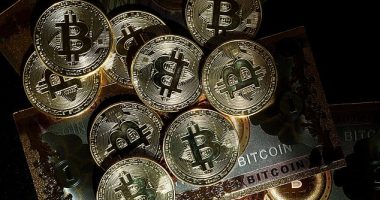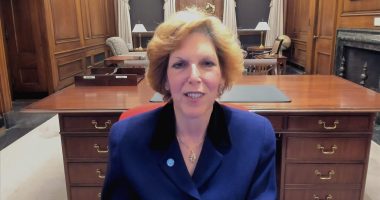
A customer shops for milk at a grocery store on December 12, 2023 in San Anselmo, California.
Justin Sullivan | Getty Images News | Getty Images
Wholesale prices unexpectedly declined in December, providing a positive signal for inflation, the Labor Department reported Friday.
The producer price index fell 0.1% for the month and ended 2023 up 1% from a year ago, the Labor Department reported Friday. Economists surveyed by Dow Jones had been looking for a monthly gain of 0.1%. The index had surged 6.4% in 2022.
Excluding food and energy, core PPI was flat against the estimate for a 0.2% increase. Excluding food, energy and trade services, PPI also was up 0.2%, in line with the estimate. For the full year, the final demand measure less food, energy and trade services rose 2.5% for all of 2023 after being up 4.7% in 2022.
The PPI release comes a day after less encouraging news from the Labor Department, which reported Thursday that the prices consumers pay for goods and services rose 0.3% in December and were up 3.4% on the year. That was higher than Wall Street expectations and still a good deal away from the Fed’s 2% inflation target.
However, PPI is generally considered a better leading index as it measures pipeline prices that companies get for intermediate goods and services.
Markets reacted positively to the PPI release, with stock futures shaving losses and Treasury yields mostly lower.
Prices for final demand goods declined 0.4% in December, the third straight month of decreases, according to the release. Diesel fuel prices tumbled 12.4%, even though gasoline increased 2.1%.
On the services side, prices held at unchanged for the third straight month. Prices in fields associated with financial advice rose 3.3%, while margins for machinery and vehicle wholesaling dipped 5.5%.
PPI measures the prices that producers pay for goods and services, while CPI gauges what consumers pay in the marketplace. CPI also includes imports whereas PPI does not. PPI, however, covers a broader set of goods and services.
Markets are convinced that waning inflation signs will push the Fed to cut interest rates starting in March, even with inflation above target.
Traders in the fed funds futures market are pricing in about a 70% probability that the first quarter percentage point cut will come at the March 19-20 meeting of the Federal Open Market Committee, according to the CME Group’s FedWatch tracker. From there, markets expect another five rate cuts, taking the benchmark fed funds rate down to a target range of 3.75%-4%.
However, various Fed officials in recent days have made statements that seem to counter the market’s aggressive view. Moreover, JPMorgan Chase CEO Jamie Dimon on Friday warned that heavy government deficit spending along with a bevy of other factors could cause inflation to be stickier and rates to be higher than the market expects.
Read More: World News | Entertainment News | Celeb News
CNBC










